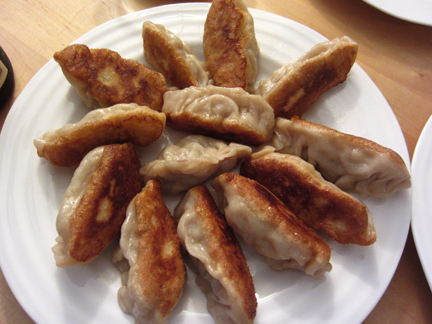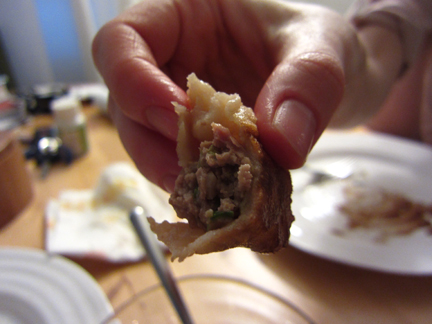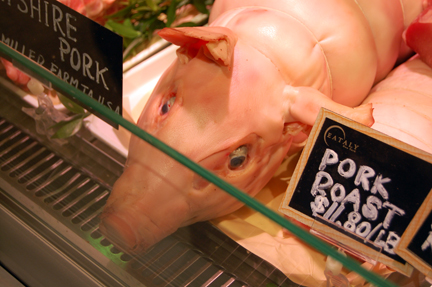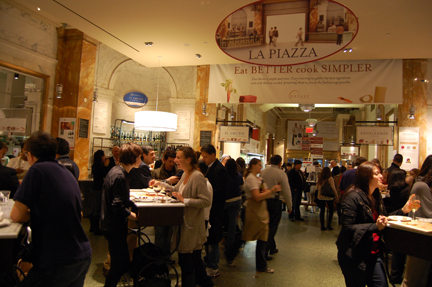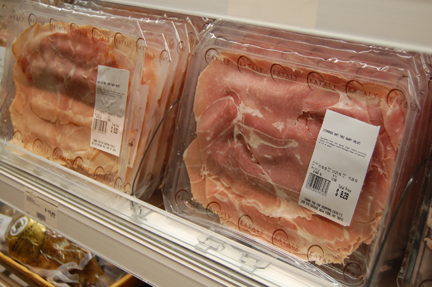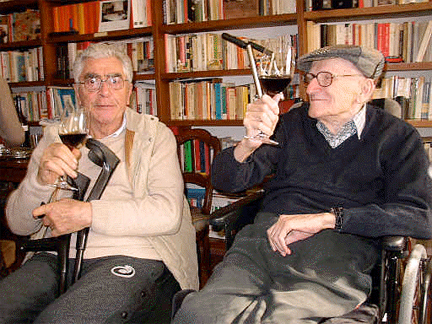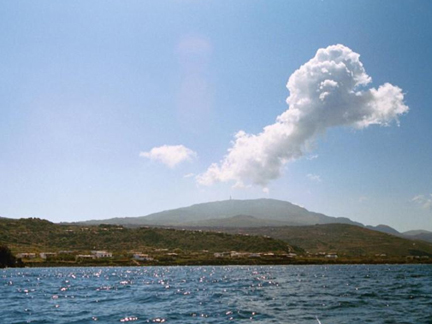To borrow a phrase from my good friend Charles Sicolone (whose wife, Michele Scicolone, happens to be one of the best cooks in New York City and one of our nation’s leading cookbook authors), I am truly blessed: my wife, Tracie P, is an amazing home chef. Last night, at Mrs. & Rev. B’s house in Orange, Texas, she made us all pizza for dinner. Here’s her recipe.
Tracie P notes that “the great thing about this recipe is the short rising time and [the fact that] you can also freeze the dough” to use later with great results.
Be sure to have your toppings ready beforehand so that you can quickly top the dough after heating the pizza stones.
Makes 2 large pizzas or 4 small. These quantities can also be used to make 4-6 calzoni.
1½ cup water, about 100°
1 package baker’s yeast
4 cups unbleached all-purpose flour, plus extra for flouring
1½ tsp. kosher salt
1 tbsp. extra-virgin olive oil
Heat your oven with the pizza stone to 500° for an hour. If you don’t have a pizza stone, use a pan and simply preheat the oven without the pan.
In a mixing bowl, dissolve the yeast in the water, stirring with a spoon. Let it sit until it becomes foamy.
Combine the flour and salt in a food processor and, then, with the blade running, slowly add the water in a thin, even stream and then add the olive oil. Pulse until the dough comes together.
Turn the dough out onto a lightly floured pastry board and knead for approx. 2-3 minutes until the dough becomes smooth and less tacky.
At this point, you can freeze the dough balls that you don’t want to use. Just put the unrisen dough into a plastic freezer bag. When you want to use it, take it out in the morning and place it in an oiled bowl and place it on the counter. It’ll be ready and risen by the afternoon.
Grease 2 medium-sized mixing bowls with olive oil. For 2 large pizzas, divide the dough into 2 balls and transfer to the mixing bowls. (Divide into 4 for 4 smaller and slightly thinner pizzas.) Cover each with a dish towel and then set aside until the dough has risen, doubling in size (about 45 minutes).
Remove the stones from the oven, distribute the dough on the stones and top quickly (using whatever toppings you like).
Bake the at 500° F. for 7-10 minutes or until the crust becomes golden brown.
We paired last night with a salty Santorini Thalassitis by Gaia. Utterly delicious…
Georgia P’s had a great time visiting with her nanna and pawpaw while her daddy was in Italy and on the road here in Texas. But now it’s time to head back to the River City (that’s Austin, for all you folks who ain’t never been to Texas)…
Buon weekend, yall!




